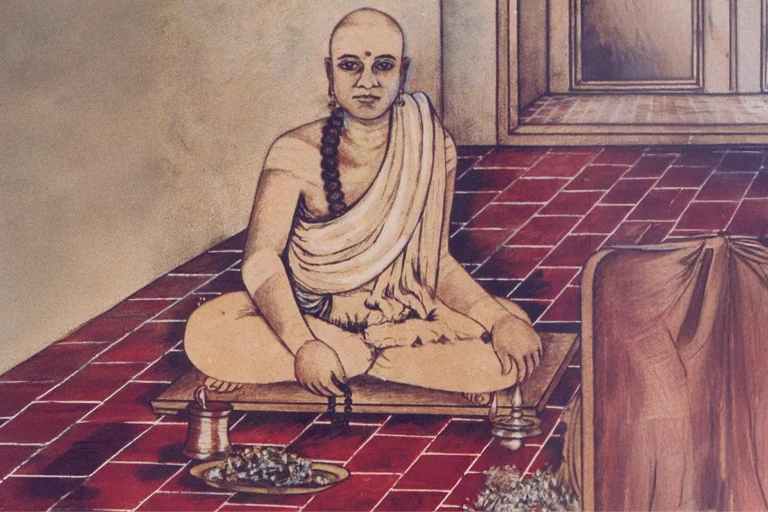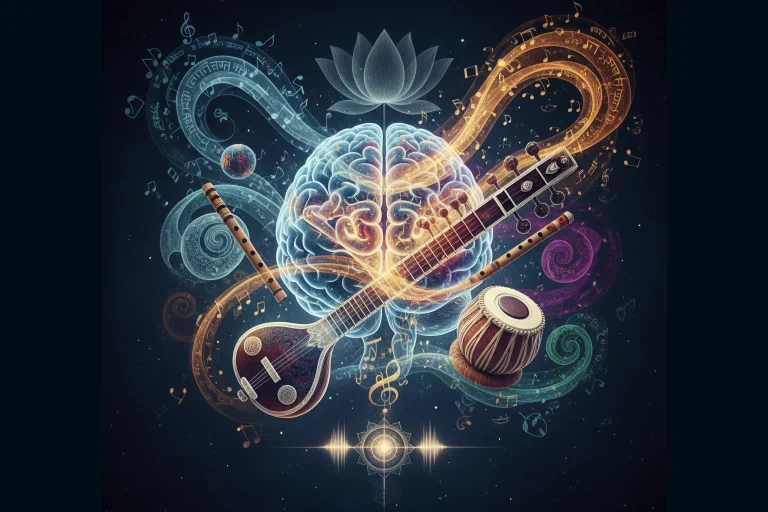All Topics
- Alchemizing Music Concepts for Students
- Artist Spotlight
- artium gift card
- Artium Maestros
- Artium News
- buying guide
- Carnatic Music
- Devotional Music
- Editorials by Ananth Vaidyanathan
- Film Music
- Guitar
- Hindustani Classical Music
- Indian Classical Music
- Indian Folk Music
- Insights
- Instruments
- Karaoke Singing
- Keyboard
- Kids Music
- maestros
- Music Education
- Music for Kids
- Music Industry
- Music Instruments
- Music Legends
- Music Theory
- Music Therapy
- Piano
- piano guide
- Success Stories
- Tamil Film Music
- Telugu Film Music
- Time Theory
- Tools
- Uncategorized
- Vocal Singing
- Vocals
- western classical music
- western music
- Western vocal music
Indian Classical Music, Vocal Singing, Vocals
Everything You Need to Know about the Basics of Carnatic Vocal Music
Everything You Need to Know about the Basics of Carnatic Vocal Music

Table of Contents
Introduction
Carnatic music, one of the oldest and richest classical music traditions in the world, has a deep-rooted history that dates back centuries. With its intricate melodies, intricate rhythm patterns, and soulful expressions, Carnatic music is a treasure trove of artistic beauty. In this blog, we will dive into the origins of Carnatic music, essential terms to understand, basic and advanced lessons, and explore key aspects such as vocal range, differences from Hindustani music, and the vocal singing ranges.
Origins of Carnatic Music
Carnatic music finds its roots in the southern regions of India, particularly in the states of Tamil Nadu, Andhra Pradesh, Telangana, Karnataka, and Kerala. It is believed to have evolved from the ancient Samaveda, one of the four Vedas, which are sacred texts of Hinduism. The essence of Carnatic music is deeply intertwined with religious and spiritual practices.
The origins of Carnatic music can also be traced back to the great Tamil saint-composers, collectively known as the “Trinity of Carnatic Music.” This Trinity consists of Saint Thyagaraja, Saint Muthuswami Dikshitar, and Saint Shyama Shastri, who played a pivotal role in shaping the music’s structure and philosophy. Carnatic music has evolved over the centuries, maintaining its traditional elements while also incorporating influences from various dynasties, cultures, and musical traditions.
Terms to Know in Carnatic Music
Before delving into the basic and advanced lessons of Carnatic vocal music, it’s important to familiarise yourself with some fundamental terms:
1. Raga: A melodic framework that governs the arrangement of notes in a composition.
2. Tala: The rhythmic cycle or pattern that forms the foundation of a musical composition.
3. Swaras: The individual musical notes, which are the building blocks of melodies. Carnatic music employs a seven-note system: Sa, Ri, Ga, Ma, Pa, Dha, Ni.
4. Sahitya: The lyrical component of a composition, often in Sanskrit or regional languages.
5. Alapana: The improvisational exposition of a raga, showcasing its unique characteristics.
6. Krithi: A composed song that incorporates lyrics, melody, and rhythm.
7. Manodharma: The creative aspect of Carnatic music, which includes improvisation and embellishments.
Basic Lessons of Carnatic Vocal Music Classes
Carnatic vocal music classes typically begin with a strong emphasis on building a solid foundation. Students are introduced to the Swaras (notes) and their variations, which are crucial for understanding the intricacies of melodies. The initial Carnatic Music Lessons also cover the basic scales (ragas), rhythm patterns (talas), and the concept of tala cycles.
1. Swarasthanas: Students learn the placement of each note within the octave and practice vocal exercises to enhance their pitch accuracy and tonal quality.
2. Sarali Varisai: A set of simple and sequential exercises that help develop voice modulation and control.
3. Alankaras: Melodic patterns that involve intricate combinations of Swaras, aiding in finger dexterity and vocal agility.
4. Geethams: Short and melodious compositions that serve as a bridge between exercises and more complex compositions.
5. Swarajatis: Longer rhythmic compositions that introduce students to intricate tala patterns and improvisation.
Advanced Lessons in Carnatic Vocal Music
As students progress through their Carnatic vocal music journey, they delve into more advanced concepts that require a deeper understanding of the art form. These concepts include:
1. Raga Alapana: An extensive improvisational exploration of a raga, showcasing the artist’s creativity and understanding of the raga’s nuances.
2. Neraval: Elaborating on a specific line of a composition by singing intricate variations around it, often highlighting the emotional depth of the lyrics.
3. Kalpana Swarams: Improvised patterns of Swaras that enhance the beauty of a composition and display the artist’s virtuosity.
4. Ragam Thanam Pallavi (RTP): A complex and advanced form that involves exploring multiple ragas, followed by intricate rhythmic patterns, and culminating in a creative improvisational section.
5. Manodharma Sangeetham: Mastering the art of improvisation, including creative alapana, Niraval, and Kalpana Swarams, while staying within the boundaries of the raga and tala.
Key Aspects of Carnatic Vocal Music
What is Carnatic Vocal Music?
Carnatic vocal music is a classical music tradition that involves singing compositions with precise melody, rhythm, and emotional expression. It places a strong emphasis on improvisation and creativity while adhering to the rules and structures of ragas and talas. It is necessary to know or at least be interested in knowing Carnatic Music Basics.
How Many Notes are in Carnatic Music?
Carnatic music employs a seven-note system, which includes the following notes: Sa (Shadjam), Ri (Rishabham), Ga (Gandharam), Ma (Madhyamam), Pa (Panchamam), Dha (Dhaivatam), and Ni (Nishadam).
Vocal Range of Carnatic Music
The vocal range in Carnatic music is quite extensive, allowing artists to explore a wide spectrum of octaves. From the deep and resonant lower octaves to the mellifluous upper octaves, singers showcase their vocal prowess by navigating through this range with precision and emotion.
Difference Between Hindustani and Carnatic Vocal
While both Hindustani and Carnatic music are rooted in Indian classical traditions, they have distinct characteristics. Carnatic music is more structured and formulaic, with a focus on intricate rhythms and complex compositions. Hindustani music, on the other hand, places a greater emphasis on free-flowing melodies and improvisation.
The Three Vocal Singing Ranges
Carnatic music, like many musical traditions, comprises three vocal ranges:
1. Mandra Sthayi: The lower octave range, known for its depth and resonance.
2. Madhya Sthayi: The middle octave range, offering a balanced and versatile vocal scope.
3. Tara Sthayi: The higher octave range, known for its melodious and soaring quality.
Wrapping up!
Carnatic vocal music is a captivating and intricate art form that holds a special place in the hearts of music enthusiasts worldwide. From its origins in ancient India to the structured lessons that nurture aspiring artists, Carnatic music embodies a harmonious blend of tradition and creativity. As you embark on your journey to explore Carnatic vocal music, remember that it is not just about singing notes; it’s about conveying emotions, telling stories, and creating a soulful connection with the audience. So, whether you’re a beginner taking your first steps or an advanced learner seeking to master the art, let the melodies of Carnatic music resonate in your heart and voice, and may your musical journey be filled with joy, discovery, and sublime expression.
Learning Carnatic music is one of the most beautiful things to try and we hope you will make it a point to learn it from experienced teachers. At Artium Academy, we have music teachers certified by India’s Music Legends.
If you wish to start your musical journey while learning Carnatic Music online, you can book a free 1:1 Music learning session today!






